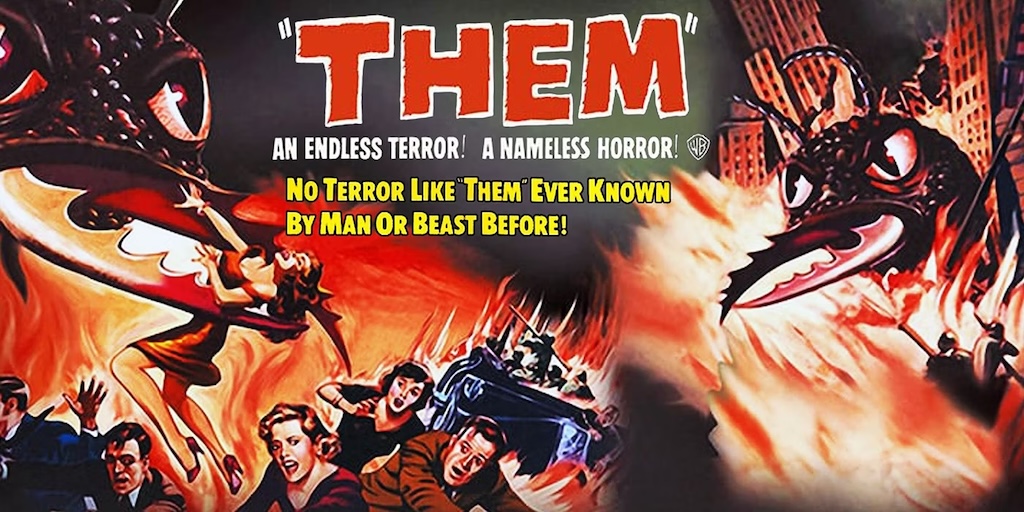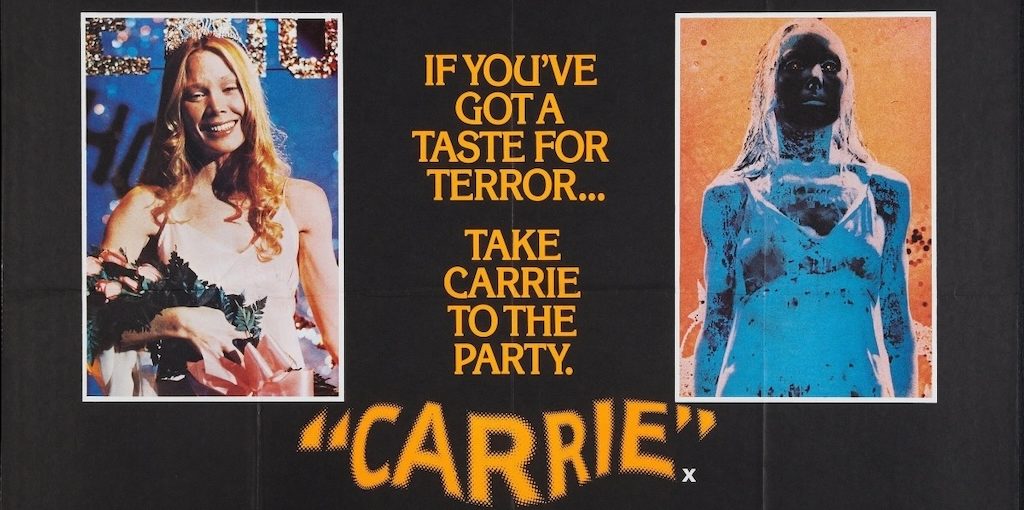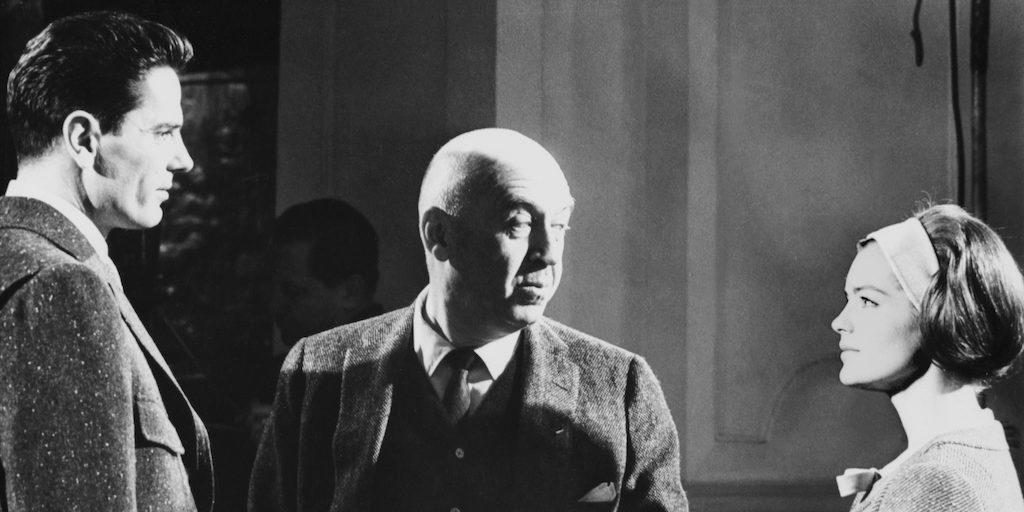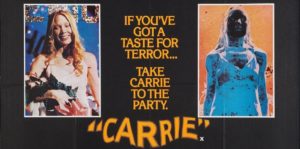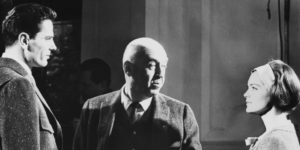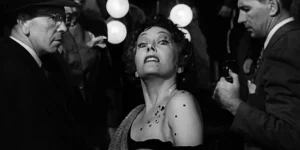“The function of art is not, as is sometimes assumed, the transmission of ideas. It is the dissemination of thoughts, the setting
of an example. The function of art is to prepare people for death, to plow and clear their souls so that they are capable of returning to goodness.” Andrey Tarkovsky – Sculpting in Time
Pablo Larraín, more than a contemporary director, seems to be a reconstructor of the history of death throughout time. All his films possess that macabre tinge of eternal sleep and that inability to shake off the horror of a dictatorship that marked his life since childhood.
These last three, while tangentially political, possess a more philosophical tone. As Gilles Deleuze said:
“Cinema enables us to visualize multiple varieties of images that allow us to think about cinema from a philosophical perspective. It is philosophy that carries out this conceptual classification, which, while guaranteeing it a function specific to cinema (cinema produces images, it provides us with multiple varieties of images, but not their classification).
Cinema is also capable of thinking for itself, and more importantly, it is capable of thinking differently, beyond the concept and even beyond the image, paradoxical as this may seem.
After all, cinema is a demonstration that an image can go beyond the image, which, in itself, constitutes a critique of representation.
The cinematic image represents nothing because, ultimately, it is movement and time itself on a single plane of immanence.
The cinematic image is, therefore, a critique of representation and, as such, is capable of producing a new “image of thought” that shows philosophy a way out of the dogmatic image.
And it is precisely this concept that Larraín develops in his three films about these women, as conflicted as they are desperate. In them, and especially in Maria Callas, the image ceases to be psychological, losing the negative connotations that linked it to the copy of a stereotype, and, according to Bergson’s vision, becomes part of material reality and defines the plane of immanence. That is, of the exteriority that intervenes as the horizon of thought.
In this sense, the image becomes dynamic and temporal, and merges with the plane of immanence, which is the most intimate within thought and yet the absolute outside. It extends across various regions in its creative task and coexists with stratigraphic time. Just as geology studies layer by layer the sediments of geological eras, immanence studies image. by image the content of the same.
In María, Larraín exhaustively critiques Diva’s final moments, replacing the search for truth with the logic of meaning. He combats the transcendent ideals of a goddess in the name of the creative immanence of life. The film begins with María lying on the dining room floor of her Paris apartment on September 16, 1977.
Larraín, unlike his other films, visually approaches the world of the 1960s, which, like every era, always borrows something from the previous one; in this case, the golden decade of the 1920s, in which Art Deco prevailed, with its geometric forms, replete with straight lines and sharp angles, with mass and symmetry as constant values. In those years, Jugendstil fashion prevailed for the beauty of its lines and did not disdain the morbid and sensual beauty of the female body. At that time in history, the Jugendstil lady was a sensual, erotically emancipated woman who sought simplicity of form. This movement was revived in the 1960s, the era of the baby boomers. This was the era of the Beatles and the Nouvelle Vague. On the other hand, a form of modernized vintage emerged, including André Courrèges, Pierre Cardin with his space-age collection, a futuristic style made with geometric patterns and materials, the English designer Mary Quant, and later Yves Saint Laurent, along with the mass adoption of ready-to-wear.
Maria Callas had gone from weighing 100 kilograms to 64.5 kilograms at the time of her death. With great effort (she consumed a tapeworm to lose weight), she achieved that ideal of her 20s, an example of the Jugendstil: tall, almost 1.73 meters tall; she wore fitted clothes that further stylized her figure, usually black with a touch of color, and sometimes adorned with scarves à la Isadora Duncan.
Larraín knew how to exploit Maria’s entire exterior world, without neglecting her moods, which coincided with the color he imposed on his images.
Although the director developed a story with a very marked conflict, Maria herself, the structure of the film is not traditional but rather composed of clippings, as if the viewer were taking a photo album and piecing together a character’s story through a series of flashbacks that report on key events in the soprano’s life.
Larraín’s perspective was to show a figure, a diva, a woman who suffered from loneliness and heartbreak from childhood. The audience’s perspective will be to interpret the puzzle the director assembled to expose a figure whose strength surpassed the limits of humanity.
Larraín was very careful not to show Callas’s activities before her decline: her performance as an actress, rather than a singer, in Passolini’s Medea; her master classes at the Julliard School in New York, which inspired playwright Terrence McNally’s play Master Class; or her small concert appearances in small halls.
Angelina Jolie’s excellent and magnificent performance (she spent seven months, hours studying and searching for Maria Callas’s vocal delivery and movements) not only showed her walks through the Tuileries, her way of moving around the apartment, her encounters with old friends, and so on. Also her addiction to barbiturates, her desperation, her anguish, her relationship with her only friends and life companions: the housekeeper, the butler, and the piano teacher with whom she took lessons, more for herself than to sing again (wonderful creations by Pierfrancesco Favino, Alba Rohrwacher, Haluk Bilginer).
Supported by his screenwriter and collaborator, Steven Knight, Larraín recreates archival footage, which the director and his editor, Sofía Subercaseaux, then use to create a counter-image. Meanwhile, on a visual level, María showcases the talent of director of photography Ed Lachman. Through montage, sounds intertwine with the frames, and these with the general images.
María is a great metaphor for her story, desolate, like a journey through space, like life, through time. Maria Callas is not a biopic but a metaphor for a woman who had everything and also nothing. She had loves and abandonments, she had wealth and poverty, she wanted children and couldn’t. She is the subjective image of the servants who see her as she is, like an object whose intimate light ascends indifferently toward the limit where the dream is exaggerated.
![]()
(Italy, Germany, Chile, 2024)
Directed by: Pablo Larraín. Written by: Steven Knight. Cast: Angelina Jolie, Valeria Golino, Alba Rohrwacher, Pierfrancesco Favino. Produced by: Jonas Dornbach, Janine Jackowski, Juan de Dios Larraín, Pablo Larraín, Lorenzo Mieli. Running Time: 124 minutes.



